Puzzled
A history of jigsaw puzzles and expert tips to get them solved
By Dan Seed & Graeme Seed
Puzzled by Dan Seed & Graeme Seed
Copyright 2020
All rights reserved. This book or any portion thereof may not be reproduced or used in any manner whatsoever without the express written permission of the publisher except for the use of brief quotations in a book review.
First Printing: 2020
9780645006803 (hardcover)
9780645006810 (ebook)
Janusian Press: www.janusian.com.au
For Ruby, and Noah, and the children of our family yet to come - to your delight and curiosity for years ahead.
Contents
Introduction
Hello reader!
I hope in the following pages, you will be informed and entertained. This is certainly not a complete, nor the most comprehensive, history of jigsaw puzzles - there are a number of exhaustively detailed histories of manufacturers and puzzle houses around the world.
What I hope to capture in this book is something different to simply being a list of dates and places. History is most fascinating when the stories come alive with interesting people, weird and wonderful anecdotes, unusual historical ephemera, and any number of artefacts that provide a glimpse into the past.
I asked Cassie Byrnes, a dear friend, amazing historian, and supporter of the funding campaign to publish this book, what it is that makes history come alive. She told me, "history is an ever-changing conceptual framework. The past directly informs the present. It's not just dates and facts, it's about how people actually experienced the past". Through the narratives in this book, I want moments in history to truly come alive. To take the jigsaw puzzle and situate it within eras of social and political change. To texture the dates and facts version of history. To weave the development of an unassuming pastime through stories that you cannot wait to relay to a friend.
I do not want to spoil those stories to come, but I hope for you to read it in this spirit. The spirit of the discovery of the weird, where cultural artefacts are truly a product of their time.
The book is structured with my chapters charting moments in the history of the jigsaw puzzle, interspersed with my dad's expert tips to completing jigsaw puzzles with maximum enjoyment and minimal frustration.
I want to also say thank you to the incredible people who made this project possible as part of a Kickstarter crowdfunding campaign. How this book came to be will emerge as you read, but I originally only ever intended to print one copy for my dad. On a whim, I started a Kickstarter to pay for setting up the printing costs and registering an ISBN, and then I started receiving purchases from around the world.
I do sincerely hope you enjoy this book, and if you do, please feel free to share it with friends. Writing it has been an absolute blast and has reinforced my philosophy to devote time to creative projects simply because you love it and if others come along for the ride, all the better. If you do enjoy it, please get in touch via my website - janusian.com.au - to let me know. If you didn't - well that's ok, but you probably don't need to let me know.
While all effort has been taken to correct any errors herein, should there be lasting imperfections, I trust you will treat this copy as a collectible, rather than an anomaly.
Happy puzzling!
(You can find the high-resolution images used throughout this ebook on our website janusian.com.au)
.jpeg)
THE BULLETIN , V.85, NO.4373 (14 DEC. 1963).
The Temptation of St Anthony
The history of the jigsaw puzzle is somewhat of a puzzle itself a metaphor I swear only to use once in the ensuing pages and one with which we have now discarded on page one. For you see, there is the big picture history, with a chronology of names and places and abridged versions of how the first puzzles came to be, and then there are the component parts of the picture the tiny snippets of a story unremarkable on their own, but each worthy of close, and careful, and individual inspection.
The tenuous threads upon which I have gently tugged reveal a complex tapestry of social class, pedagogical practice, engineering, childhood development, and creative arts. In the pages following, I present a somewhat linear narrative of this history, along with some interesting and oft bizarre non sequuntur emerging from the hours spent rifling through library and museum archives.
There is a poem by Australian poet, William Hart-Smith. Published in The Bulletin in 1963, Jigsaw Puzzle sits on the page below the more expansive and outward-looking The Astrologers, and above the blunt and pragmatic Warning to Idealists both also works of Hart-Smith. The poem captures, in just twelve lines, the simple delight of completing a puzzle. The division of labour into the sky, leaf and landscape, and scattered body pieces, head and figure a technique of separation immediately familiar to seasoned puzzlers. It starts with the line, My father always let me do the sky.
There was a wonderful synchronicity between the poem, the creative process and practical mechanics of completing a jigsaw, and my motivations for this book - I embarked on this history merely as a gift for my dad.
I should explain.
Before I had reached double digits, I had become somewhat familiar with the work of Netherlandish painter, Hieronymus Bosch. In particular, I had studied, in close and careful detail, The Temptation of St Anthony. Painted sometime around 1501, Bosch triptych typifies the work of Early Netherlandish works - fantastical religious iconography, close detail to light, shadow, and texture, and expressive verisimilitude. Despite the scale and complexity of this work it measures more than two metres wide, over a metre high, with remarkably complex images across three panels on the front side and the many hours I have stared at it, I struggle to describe it to someone as an adult. The only descriptors that come to mind are brown, drab, bleak, end of days.
I have reproduced Bosch work here for you it has long passed into the public domain. Indeed, Bosch himself painted several different versions of the story, of which it appears the triptych reproduced here was the sole survivor in a complete form.
The story of St Anthony has been captured by a number of noteworthy artists in a wide array of renderings. The Torment of St Anthony is the earliest known work of Michelangelo, created when he was 13 years old. A 1650 painting by Flemish artist Joos van Craesbeeck draws clear inspiration from Bosch, depicting a hyper-realistic depiction of a human head washed ashore, split open at the forehead. Demons and creatures and other animals are piling into the open mouth, while others peer out from the observation deck that is the open skull. One does not need a degree in psychology or art history to see the symbolism of St Anthonys psychological torment present in the image.
Salvador Dals version was produced in 1946, as an entry in a contest to have a painting of The Temptation of St Anthony featured in the film The Private Affairs of Bel Ami, for which he was awarded a $500 runner-up prize. The winning entry painted by German artist, Max Ernst, is the only nine seconds of colour in an otherwise black and white film. A review of the film by Bosley Crowther in The New York Times was scathing of the film and Ernsts work
Ann Dvorak, Angela Lansbury, Katherine Emerythe whole lot of them are as utterly artificial as the obvious paint-and-pasteboard sets. Blame the whole mess on Albert Lewin, who not only directed but wrote the screen play and who presumably was responsible for sticking into the film a close-up in color of a painting which is downright nauseous. It is called
Next page
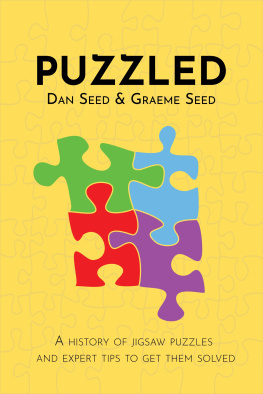



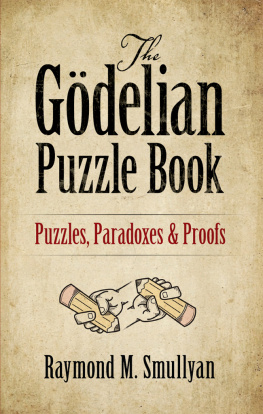
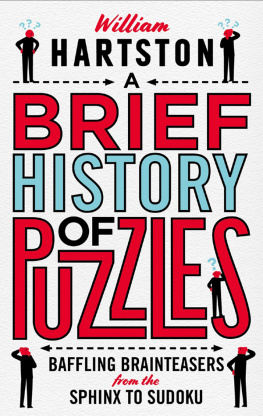

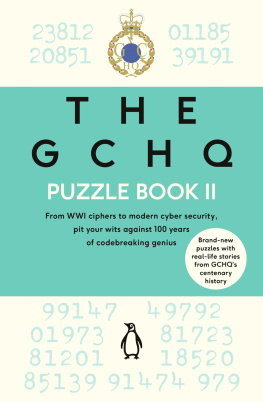
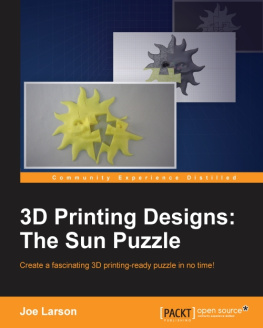
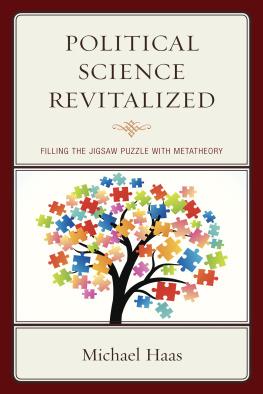
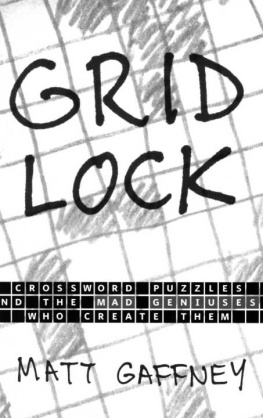
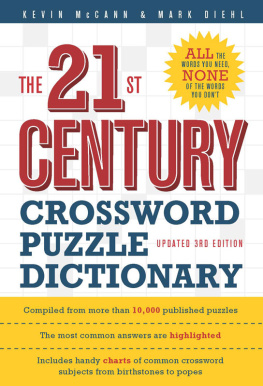
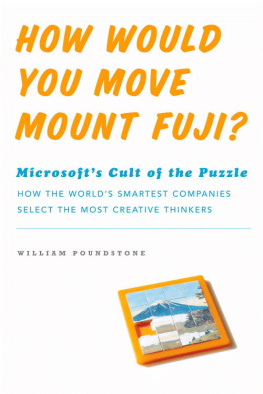
.jpeg)